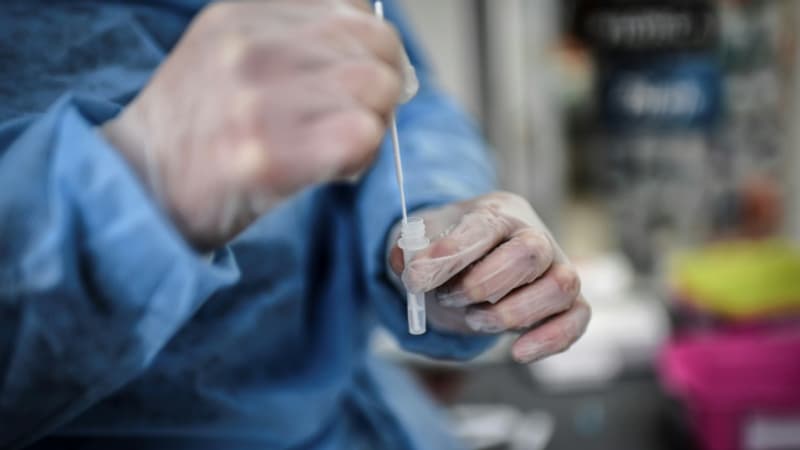Slowly but surely it is establishing itself in France. The recombinant XBB variant, born from a combination between two Omicron subvariants, represented 9% of the sequences on January 16, compared to 3% on January 9, as reported by Public Health France (SpF) in its update on January 9. FEBRUARY.
“Among the recombinant XBB sublines, XBB.1.5 increased the fastest, from 2% for Flash S02 to 7% for Flash S03-2023,” the health agency said.
“These circulation dynamics between the Omicron sublineages observed in mid-January have not yet impacted the epidemic dynamics,” adds SpF.
However, XBB.1.5 was already seriously worrying the European authorities a month ago.
The most transmissible subvariant since the start of the pandemic, threatened in mid-January to become the dominant strain in European countries “within one or two months,” the European Union health agency (ECDC) had warned.
It clearly has a “growth advantage”, also stated Maria Van Kerkhove, WHO technical manager on Covid-19, as XBB.1.5 increased in the United States, which has now become dominant in this country.
Last October, the high contagiousness of big brother XBB also caused a resurgence of the Covid-19 epidemic in Singapore.
If they do not seem more harmful than other variants, a study published in the American journal Cell in January 2023 shows that XBB and its descendants are highly resistant to the vaccine or previous infection with other variants of Covid-19.
Low level of virological indicators
In France, the BA.5 variant currently remains in the majority (78%), although it is declining, with its BQ.1.1 sublineage accounting for 59% on 16 January.
SpF is also seeing a resurgence of the BA.2 sublineage (from 7% to 11% between January 9 and 16), which sparked a sixth wave in France last March.
However, in this first week of February, the virological indicators are green and even continue to fall. The incidence rate is 38, 20% less than the previous week.
The hospitalization rate has decreased in most regions (-19%), as well as the number of deaths (-31%).
Source: BFM TV


